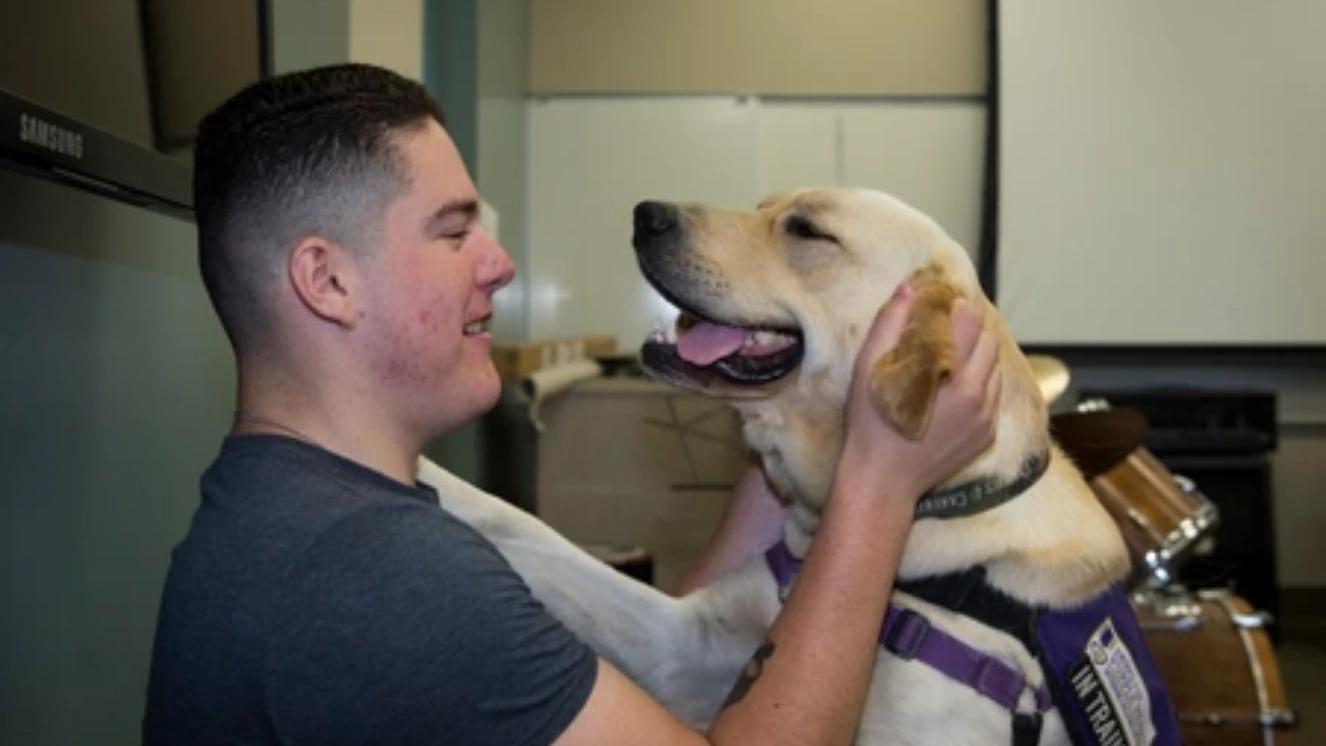DISCOVER THE E-4B NIGHTWATCH: THE USAF'S "DOOMSDAY PLANE"

The USAF’s “Doomsday plane” probably isn’t what you think it is. Without knowing what the Doomsday plane’s true purpose is, many people surmise that it’s some kind of epic, devastating fighter plane used to wreak havoc on our enemies. But the USAF’s Doomsday plane is meant more so for protection and preservation rather than destruction. Let’s meet the mysterious E-4B Nightwatch, a.k.a. the Doomsday plane.
What Is the Doomsday Plane?
BI Pentagon correspondent Ryan Pickerell describes the Doomsday plane, which is officially called the E-4B Nightwatch, as a “flying backup Pentagon.” Its purpose? To serve as a communications hub for top government and military officials in the event of an apocalyptic disaster – like devastating nuclear attacks. This is one plane you DON’T want to see flying over your house on a seemingly peaceful Sunday morning. If this plane ever makes an official appearance in the skies, it means things are going horribly wrong in the world. In short, it’s not a plane that CAUSES doomsday but one that is our country’s backup in the event that doomsday is upon us. The Nightwatch plane has full communications capabilities and the ability to withstand nuclear blasts, making it the perfect hub to run the country from if the White House, military bases, or the rest of American soil becomes indisposed.
Is There More Than One Doomsday Plane?
There are currently four E-4B Doomsday planes in operation, and together they make up the National Airborne Operations Center (NAOC). Surprising no one, the U.S. Air Force maintains and operates each of these $223-million-dollar planes. At least one plane is kept fully operational at all times. Military personnel keep this plane ready for action 24/7 so the plane can assume the job of primary command center in an instant, if need be.
The Origins of the Doomsday Plane
The modern-day E-4B Doomsday plane can be traced back to 1973, when the first E-4 planes were being created. Necessity is the mother of invention, and if you know your U.S. history, then you’ll know that 1973 is only a few years before the first phase of the Cold War. With nuclear war becoming a real threat to the nation, the necessity for backup plans became apparent. The government needed a command center from which top officials could continue to safely run the country, which is why the E-4 series came about. These were the best, and almost only, option for the survival of the country’s governing body in the event that the Cold War resulted in the worst possible outcome. Related read:Who Was Mikhail Gorbachev? Today in History…
The Doomsday Plane Interior & Capabilities
Many of the capabilities of the presidential Doomsday plane are kept classified, but certain conclusions can be drawn from what we do know about its structure and interior. There are three decks on each E-4B Nightwatch, and each plane can hold up to 112 people. There is an executive suite close to the front of the plane for top officials, bunks for the plane’s crew on the upper level, and a secure conference room just below the bunks – where leading members of the government can make tough decisions mid-air, like giving war orders or calling nuclear strikes. Behind this is a briefing room, a strategy room (called the Battle-Staff Room), and finally, a room for outside communication. Outside communication is made possible with some of the most advanced communication tech the world has seen, which is all housed in a fin at the very top of the plane called the Ray Dome. Around 67 satellite dishes and antennas are stored here, and these capabilities are greater than those on even Air Force One. Out the back of the plane, a 5-mile-long tail can be extended that allows for communication with submarines and other underwater operations. Interior communications are all made and protected with hardened materials, meaning they should be able to withstand an electromagnetic pulse, or EMP. Long story short, the plane’s bases are covered as far as communication goes. Not unlike other USAF planes, this plane can be refueled mid-flight, making roughly seven days of constant flight a real possibility. Even so, the E-4B Nightwatch can fly for 12 hours without the need to refuel. You may wonder how, exactly, a plane can survive a nuclear blast. There are many nuclear-resistant elements to this aircraft, the first of which is wired mesh over the windows that helps prevent radiation from seeping into the cabin. The exterior of the plane features nuclear and thermal shielding, giving those inside the best chance at survival if a nuclear attack were to occur. So, we can all rest assured that, even if doomsday does come, America has a strong fighting chance thanks to the capabilities of the immensely powerful E-4B Nightwatch: the Doomsday plane. Read next:The Lean, Mean, Lethal B-52 Bombers - Wise Guy & Ghost Rider Are Back!
Image: zapper - stock.adobe.com



